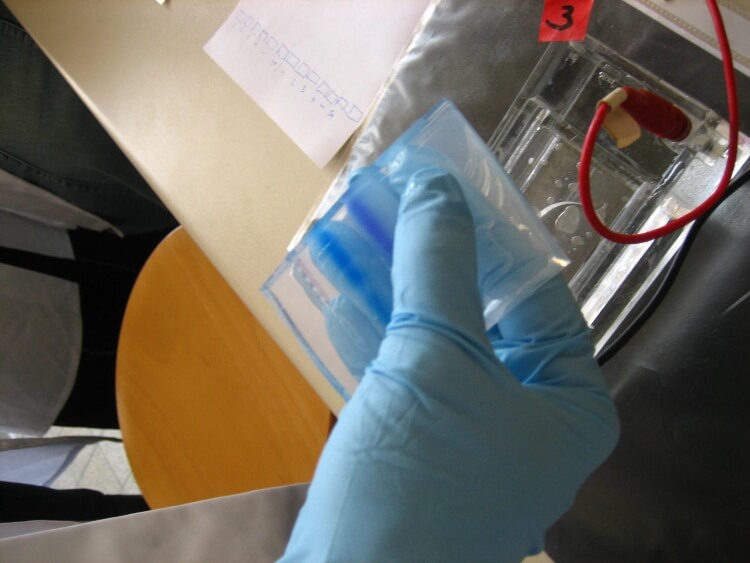2h
General OVA(Ovalbumin) ELISA Kit
General OVA(Ovalbumin) ELISA Kit
7pg/mL
10000pg/mL
16-10000pg/mL
Competitive Inhibition
Infection immunity;Immune molecule;Hematology;
ELISA Enzyme-linked immunosorbent assays Code 90320007 SNOMED
E05 478 566 350 170 or Enzyme-Linked Immunosorbent Assays,E05 478 566 350 170 or Enzyme-Linked Immunosorbent Assays
This assay employs the competitive inhibition enzyme immunoassay technique. A monoclonal antibody specific to Ovalbumin (OVA) has been pre-coated onto a microplate. A competitive inhibition reaction is launched between biotin labeled Ovalbumin (OVA) and unlabeled Ovalbumin (OVA) (Standards or samples) with the pre-coated antibody specific to Ovalbumin (OVA). After incubation the unbound conjugate is washed off. Next, avidin conjugated to Horseradish Peroxidase (HRP) is added to each microplate well and incubated. The amount of bound HRP conjugate is reverse proportional to the concentration of Ovalbumin (OVA) in the sample. After addition of the substrate solution, the intensity of color developed is reverse proportional to the concentration of Ovalbumin (OVA) in the sample.
Ovalbumin (abbreviated OVA) is the main protein found in egg white, making up 60-65% of the total protein. Ovalbumin displays sequence and three-dimensional homology to the serpin superfamily, but unlike most serpins it is not a serine protease inhibitor. The function of ovalbumin is unknown, although it is presumed to be a storage protein. OVA is also the best characterized and the first antigen proteins used as a transgene to make transgenic mice. Many different transgenic mouse models have systemic OVA expression driven by the ubiquitously expressed b-actin promoter or tissue-specific OVA expression with insulin promoter to drive the transgene expression, for studying type I diabetes, or in different isoforms, secreted or cell-membrane associated, and more recently as inducible transgene models. These C57BL/6 mice, BALB/c mice models are well characterized, and have contributed to our understanding of immunogenicity and tolerance by the OVA model.
